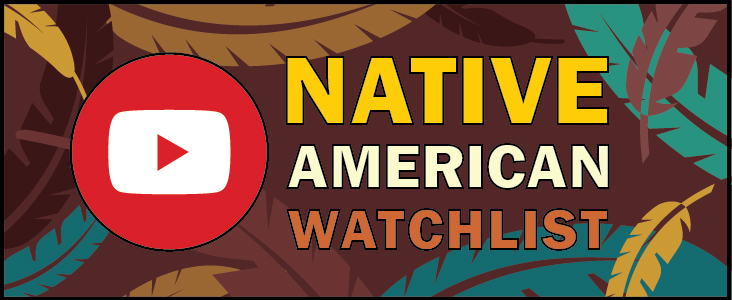Culture
Watchlist: ‘Oregon Experience – ‘Broken Treaties’ documentary’

By Kamiah Koch
Social media/digital journalist
Oregon Public Radio’s award-winning television series “Oregon Experience” shares the histories and issues that shaped the Oregon we live in today.
One aspect of Oregon’s story is the continued presence of its Native American peoples. In November 2020, OPB published an hour-long documentary to YouTube called “Broken Treaties.”
Following the Tribal histories of Oregon, “Broken Treaties” starts by showing black-and-white photos of Tribal ancestors and how Tribal people lived before settler contact. The episode pays particular attention to the different food sources for the various Tribes across Oregon, noting that their main resources were used to name and differentiate the different bands of Tribal people.
The narrator says that seasonal mobility meant that Native peoples were away often to gather and harvest food. While they were away, settlers arrived. Since Native peoples were unable to defend the ancestral lands, the settlers claimed it as their own.
This is the start of the brutal attack on Native people and their way of life. The narrator and the Native people OPB interviewed for the video explain the different ways Oregon began its attempt to exterminate indigenous culture: by either moving Native Americans away from the resources they relied on and by bloodshed.
Grand Ronde Tribal member and anthropologist/historian David Lewis was interviewed for this episode.
“If you were involved in some sort of effort to kill Indians, then you were allowed to make an invoice of your expenses for using, you know, your rounds of ammunition and food and travel costs,” Lewis says in the video.
The video states that Oregon saw a lot of massacres and disease in the 19th century. Tribal people saw this devastation and began to sign treaties with the U.S. government. However, these treaties left out reserved rights to hunt and fish, which was significant to the Native way of life.
“They saw signing the treaty as a way to take care of themselves for a few years,” David Harrelson, Grand Ronde Tribal member and Cultural Resources Department manager, says in the video. “But you have to understand that most of them thought they were going to die.”
As the video progresses, a map of Oregon shows boundaries created to forcefully move Tribal people on to Reservation lands. Residential schools and assimilation are addressed, including Chemawa Indian School in Salem, which is still open today.
Relocation and displacement broke the connection to places and resources Tribal people held as their identity. But it was still able to get worse. At the 45-minute mark in the video, the Termination Era of the 1950s is introduced as the final blow in an attempt to exterminate Tribal people.
However, Tribes proved to be resilient against murder, ignored treaties and assimilation tactics. The narrator explains that most of the terminated Tribes were restored and they celebrate that restoration still to this day. The video explores the art and language revitalization in Native cultures. Most importantly, Tribal sovereignty and financial independence through casinos is addressed.
“These days, many Indians are well versed in the details of those treaties of the 1850s and ’60s,” the video narrator concludes at the end of the video. “Most other Oregonians know little or nothing about them.”
If you would like the watch this documentary for yourself, you can find it at https://www.youtube.com/watch?v=iHq6ncJJ35w or in the Smoke Signals Watchlist playlist on our YouTube channel.
